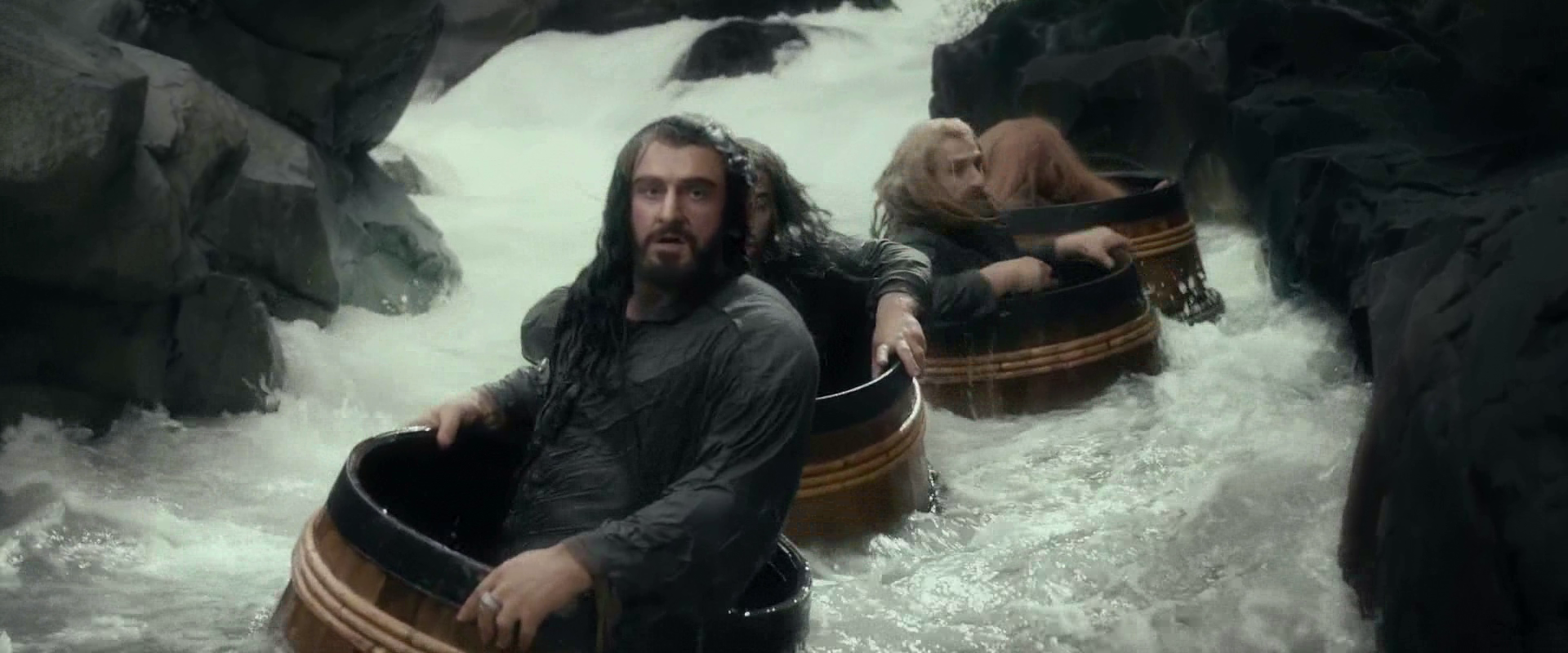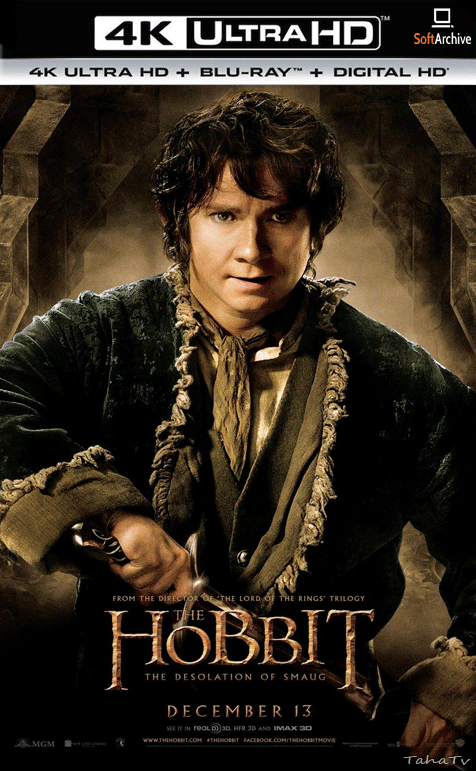

Many of the levels also feature optional sidequests which do not have to be completed, but which can yield substantial rewards if they are. Every level features multiples quests which must be completed in order to progress to the next level.

Progression through the game is built around quests. The player controls Bilbo Baggins, the majority of which is built around basic platforming Bilbo can jump, climb ropes and ladders, hang onto ledges, swing on vines, etc. The Hobbit is primarily a platform game, with elements of hack and slash combat, and some rudimentary puzzle aspects, played from a third-person view (the Game Boy Advance version is played from an isometric three-quarter top-down view). The Hobbit received mixed reviews, with critics praising its fidelity to the source material, but finding the gameplay unoriginal and too easy. The game sticks very closely to the plot of the novel, although it does feature some minor characters not found in Tolkien's original. At the time, Vivendi, in partnership with Tolkien Enterprises, held the rights to the video game adaptations of Tolkien's literary works, whilst Electronic Arts held the rights to the video game adaptations of the New Line Cinema films. Tolkien's 1937 novel The Hobbit, and has no relationship with the Peter Jackson-directed The Lord of the Rings film trilogy. It was published by Vivendi Universal Games and their subsidiary Sierra Entertainment. The Hobbit is a 2003 action-adventure game developed by Inevitable Entertainment for the GameCube, PlayStation 2 and Xbox, by The Fizz Factor for Microsoft Windows, and by Saffire for the Game Boy Advance.


 0 kommentar(er)
0 kommentar(er)
